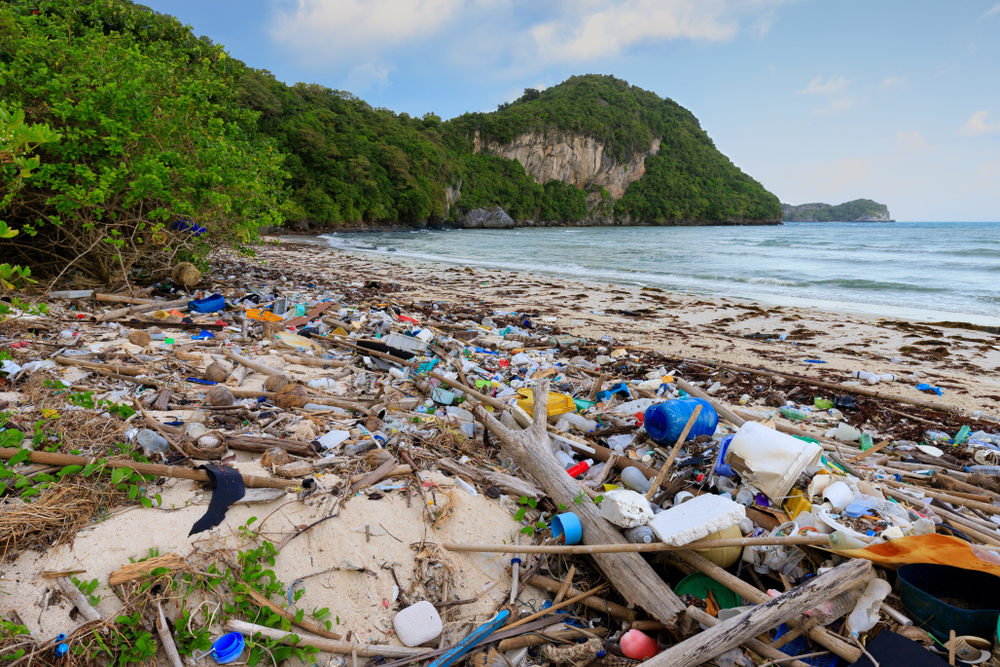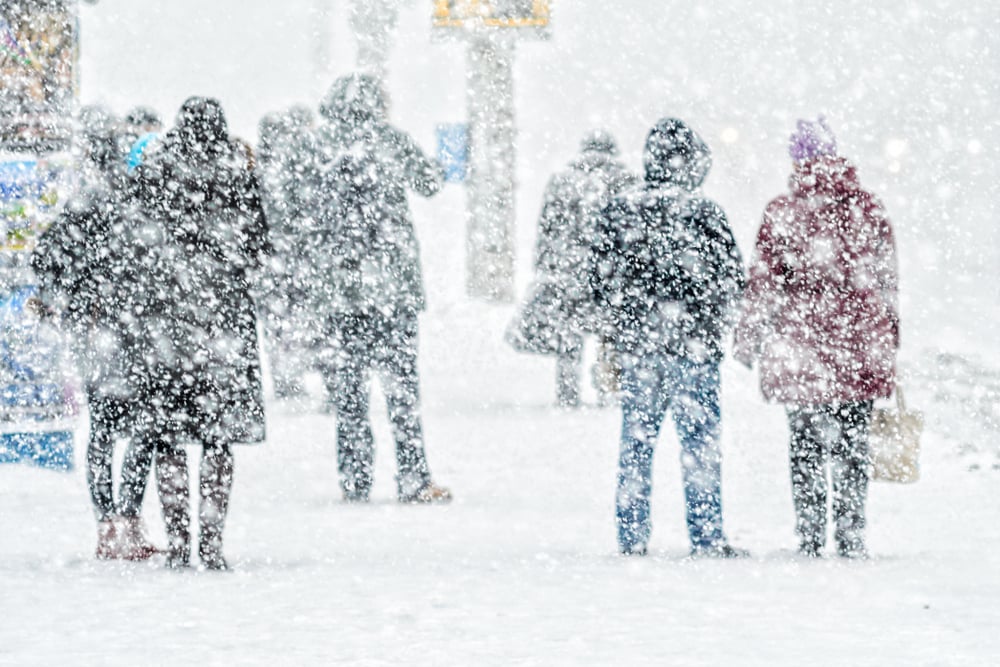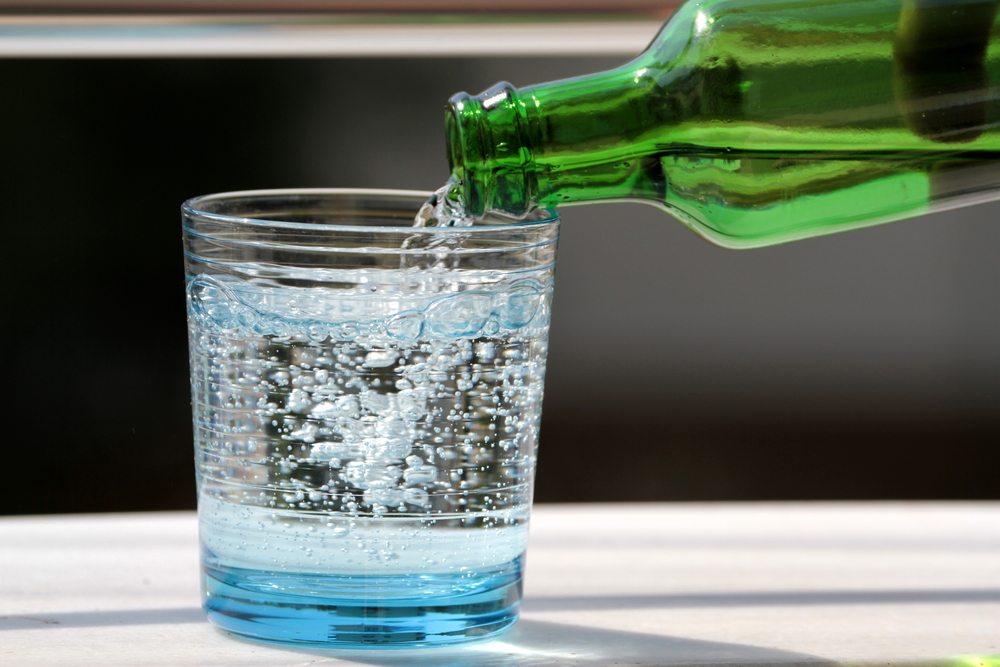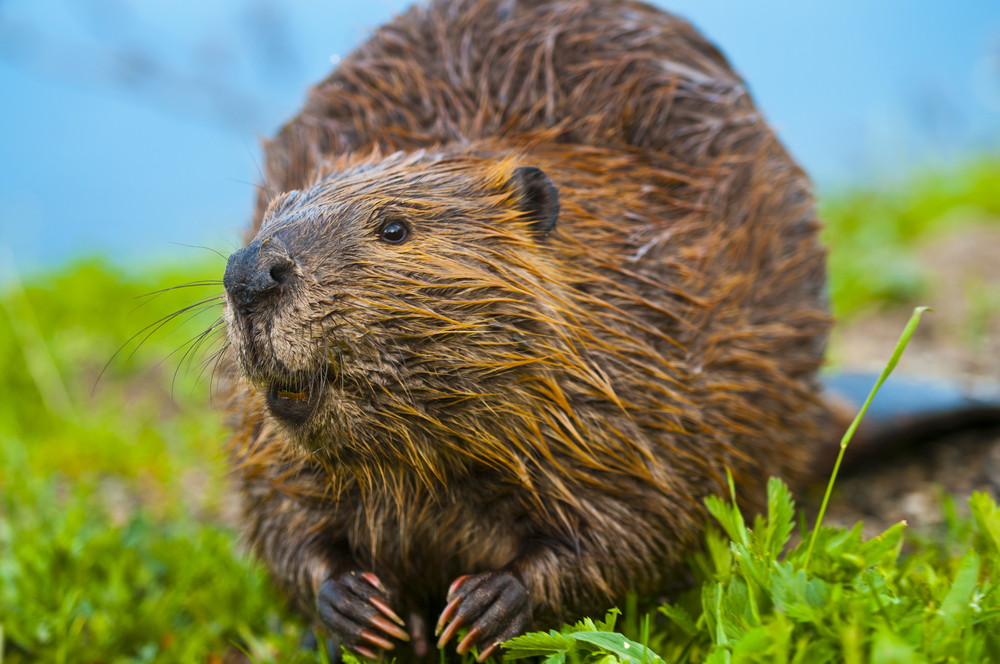When you think of paradise, do you imagine the beautiful sandy beaches and crystal clear waters? What about the lush green forests with exotic animals roaming around freely? If so, then those visions are probably what inspired your travel plans. Sadly, these visions are not what many people find when they visit some of their favorite tropical destinations. These countries have been overrun by plastic waste!
Our planet is truly a wondrous place to be, and although humans are capable of amazing things, some go to great lengths to ruin planet Earth. The harmful effects of humanity’s addiction to plastic have caused pollution in our oceans and landfills, destroying our ecosystem.
The sad fact is that we are running out of time to fix the devastation we have caused, and the impact on our oceans and the natural world is catastrophic.
The principal problem with so much pollution is that it harms animals by ingestion or otherwise coming into contact with toxins from electronics, food wrappers, or water bottles that have been thrown away. The majority of this waste travels via rivers and streams into the world’s seas, where it often becomes trapped in gyres like giant whirlpools. These “gyres” are littered with microplastics – broken down particles that can be as small as a grain of sand but still contain toxic chemicals such as BPA.
Cocos Islands are a famous tourist destination, but the main attraction is not what it used to be. The islands have turned into trash dumps, with people vacationing and leaving their garbage behind for others to deal with. Not only does this include plastic bottles washing ashore and getting stuck in the sand, but also ruining pristine beaches as well. Floating around this island are microplastics – broken down particles that can still contain toxic chemicals like BPA, which harms marine life.
This problem isn’t just happening at Cocos Islands; there’s tons of debris on other parts of the Indian Ocean too. There has been an effort made by local governments, such as one from Indonesia passing legislation declaring a 25-year ban on single-use plastics products throughout the country and its territories.
Another atrocity of plastic pollution is the Great Pacific Garbage Patch in the North Pacific Ocean. If you can imagine the litter that finds its way into our oceans and marine life, this is a perfect example.
Here are some other ways to help decrease your plastic footprint in order to save our planet and marine life from pollution: Always carry reusable water bottles, coffee cups, grocery bags, etc., whenever you can! Carry sustainable products like canvas or hemp shopping bags instead of using paper ones.
Avoid buying vegetables with excessive amounts of packaging, such as shredded carrots which come pre-packaged in Styrofoam containers. Use fabric produce baggies that biodegrade when disposed of properly for fruits and veggies!
Reuse food storage items (such as jars), so they don’t needlessly end up being thrown out over time too! Never use straws, as they are dangerous to marine life, especially turtles.
Recycle the right way. Get several recycling bins for your home, and fill them each week. Check with the local recycling plant in your area for pickups, and make sure you set the bins out every week. It’s also essential to read the packaging to ensure it can be recycled.
Another great way to help clean up the oceans is to volunteer and participate in beach and river cleanups where you live.
These tropical islands are now plastic dumpsters, and we’re already sending off more than four million metric tons a year into our oceans, according to recent studies by the Ocean Conservancy. With 125 billion pounds (that’s 42 trillion pieces) being dumped each year, we need to do better to save our planet for future generations.






